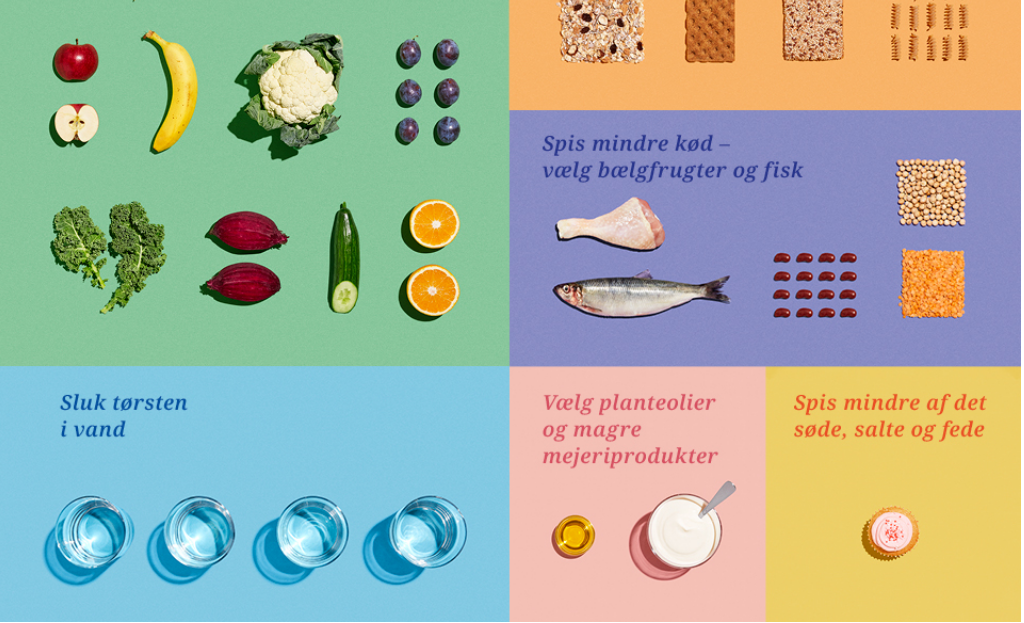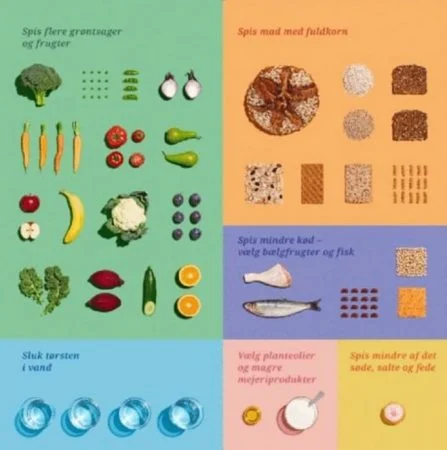News
Air pollution
Denmark introduces official climate-friendly dietary guidelines


The new guidelines provide guidance on this for the first time by, among other things, encouraging Danes to eat more legumes, more vegetables and cut down on meat.
“For decades the official dietary guidelines have given good advice on how we can eat healthy. It is therefore timely that the guidelines are now taking a step further and helping the Danes who also want to eat more climate-friendly. There are no accusing fingers pointed but rather a simple guide that embraces both considerations – because fortunately, what is healthy for the climate, is typically also healthy for us. So, it is obvious that the dietary guidelines take the health of the planet into account,” said the Danish Minister of Food, Agriculture and Fisheries, Rasmus Prehn.
Only few countries have sustainable dietary guidelines for climate-friendly food
Food is responsible for a one-quarter of the world’s greenhouse gas emissions, making it an obvious area to take green actions. Unfortunately, only few countries are taking active steps to encourage a climate-friendly diet.
A study published in the British medical Journal in 2020 showed that people’s diets across 85 countries contained too much meat and too little greens. At the same time, the study showed that only two countries had dietary guidelines in line with health, climate and pollution targets set by governments. The study assessed the health and environmental impacts of dietary guidelines from 85 countries across the globe.
In Denmark too, people are consuming too much meat. This is why the recommended amount of meat has been reduced from 500 g a week to now 350 g a week, according to the new guidelines.
The new guidelines recommend 100 g of legumes a day (beans, chickpeas, lentils). Dive into the guidelines here.
Small steps can make a big difference
On average, Danes emit just over 8 kilos of CO2 a day through drinks and food. In total, it is about 3 tons a year. According to the Technical University of Denmark (DTU), this can be reduced by up to 35 per cent by cutting down on meat and choosing climate-friendly foods. Therefore, the potential for adjusting the Danes’ eating habits is great.
“There is a lot to gain from the green account by considering the climate when we eat, and luckily, many of us are keen to do this. I am pleased that everyone interested now gets a helping hand with the new dietary guidelines. It is not necessarily about completely changing your diet. Even small changes on an individual level can make a big difference if we are enough people who make them”, said the Minister for Climate, Energy and Utilities, Dan Jørgensen.
The new official dietary guidelines are part of the government’s ambition to reduce the climate footprint by 70 per cent by 2030.
Want to consume more climate-friendly? Denmark’s new official dietary guidelines are:
- Eat plant-rich, varied and not too much
- Eat more vegetables and fruits
- Eat less meat – choose legumes and fish
- Eat whole grains
- Choose vegetable oils and low-fat dairy products
- Eat less of the sweet, salty and fatty
- Quench your thirst in water

Dive into the guidelines here (Danish).
Read more about how Danish food companies are leading innovation towards healthier food in the white paper on Health from Food Nation Denmark.
















